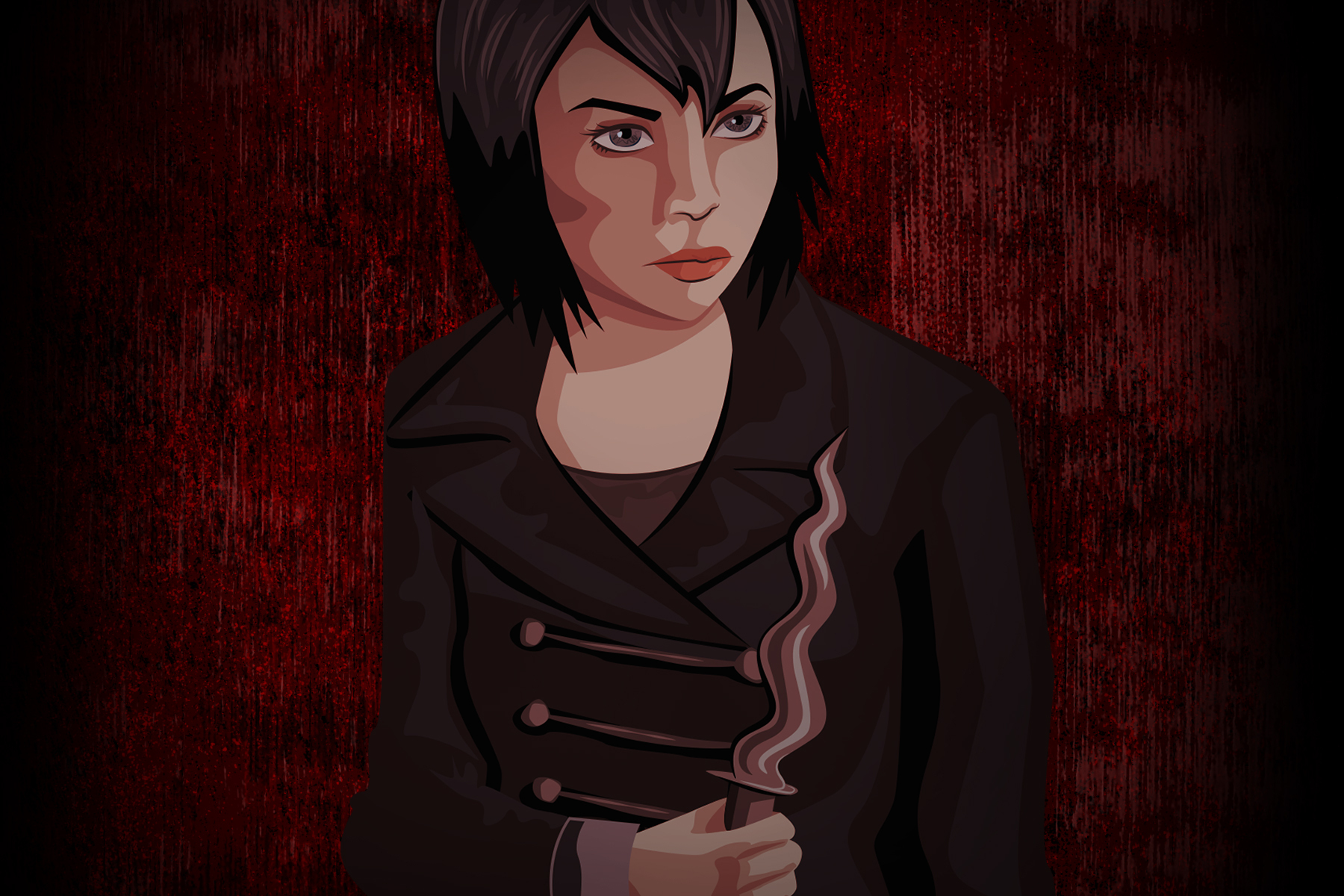The Filipino comic series “Trese” has been a fan favorite since its inception in 2005, but it has reached a whole new audience after Season 1 of the TV adaptation came to Netflix earlier this year. A household name for young adults in the Philippines, “Trese” won the National Book Award for best graphic novel back in 2010. Since then, as with many popular comics, an animated series has been in the works, but it has taken 16 years to come to fruition. Unlike the comic series, which spans 13 issues, the first season of this dystopian cartoon only features a handful of episodes, wrapping a riveting plot into just six 30-minute segments.
Even though “Trese” is quick and entertaining, the series covers an abundance of serious topics and is subtly political. Trese, a young woman with an ability to interact with a supernatural realm below the Earth, aids the Filipino police with their cases, but the heroic cop narrative of many American shows is not present here. Not only does Trese not trust the police, but she must also work directly against them at times since their corruption has led them to work with the demonic forces of the underworld.
Not only is this a commentary on police corruption in real life, it also bends a fairly robust comic book narrative of the police always being the “good guys.” The show’s social commentary becomes even more poignant when you learn that in 2020, the UN reported that more than 8,000 people had been killed by police since Filipino president Rodrigo Duterte took office. While “Trese” creator Budjette Tan said his comic had no intention of “making a statement, [or pursuing] an agenda,” this passive response may be fueled by a fear of the backlash he might receive for openly criticizing his own government.
We often think of comics, as well as cartoons, as childlike and apolitical, but “Trese” falls far outside of these categories. The show tackles topics such as police brutality, filicide and drug addiction, all within the span of 180 minutes. So don’t watch this show expecting to leave with a smile on your face and an optimistic outlook on the world.
“Trese” doesn’t sugarcoat the world in which it takes place, but it is also full of humor and tear-jerking moments of familial bonding. Not only is Trese herself developed tremendously as a character in such a short period of time, each character in the show has a strong, emotionally significant relationship to our demon-fighting heroine.
While “Trese” has received massive support in the Philippines, the same level of attention hasn’t made its way to America quite yet. The reasons for this are clear. First, the comic book that inspired the show was a much bigger hit in the Philippines, galvanizing millions of fans to watch the show the second it came out. Second, the six-episode series is one of the hundreds of new shows that come out on Netflix every year. With an incredibly suspenseful plot and such short episodes, this show should be a hit among American teens once it catches their attention, but only time will tell.
Nevertheless, the few critics that have reviewed “Trese” have very positive things to say about the series. Kate Sanchez from the “ButWhyTho” podcast writes, “Trese is worth the watch because of its extensive worldbuilding, strong relationships, and a story that pushes large mythological themes and more intimate ones as well.” In addition, James Hanton from The Independent succinctly states that “Trese” “brings traditional folklore and life to the small screen with confidence, style, and buckets upon buckets of blood… a triumphantly original and polished horror-action series.”
Both these reviews highlight the series’s standout feature: its incredible plotline. Based in the extensive world created by the “Trese” comics, the show unapologetically features centuries of folklore, constant flashbacks and dozens of characters within its first season. Amazingly, this bombardment of content is actually quite palatable and easy to follow for the audience and is exactly what makes “Trese” such an interesting watch.
While the majority of feedback for “Trese” has been quite positive, there was a group of fans of the Filipino dub that felt that the voice acting in the series was a bit lackluster. Viewers criticized the voice of the main heroine Trese, played by Liza Soberano, as sounding monotonous and lacking emotion, but director Jay Olivia came to her aid on social media to praise her unique performance. NME explains that “Soberano revealed that, as someone new to voice acting, she was hesitant to take up the role when it was first offered to her. But after reading the comics, Soberano accepted the role, even as she knew that ‘there would be a lot of backlash.’”
The English dub on the other hand, features Shay Michelle of “Pretty Little Liars” and “You,” who does a fantastic job voicing Trese. The heroine is calm and collected, but full of hurt from the death of her father and Michelle conveys this convincingly in her role. “Trese” is available in the Filipino language, Tagalog, as well as Japanese and English, but in all versions, the amazing character and world-building is abundantly clear.
For new fans of the show, you are probably left with the one question — “How do I get more Trese?” While no definitive date has been released for a second season of “Trese,” the award-winning comics are widely available to purchase online. In fact, if you are a super fan there’s even a limited edition “Trese” tote-bag dropping on Aug. 5. This merch isn’t only a fashionable way to show your love for the series, it also shows off the incredibly unique and beautiful illustration style used in the comics. With a plotline as dark and riveting as its animation style, Trese is a must-watch for anyone who loves suspense and the supernatural.
















